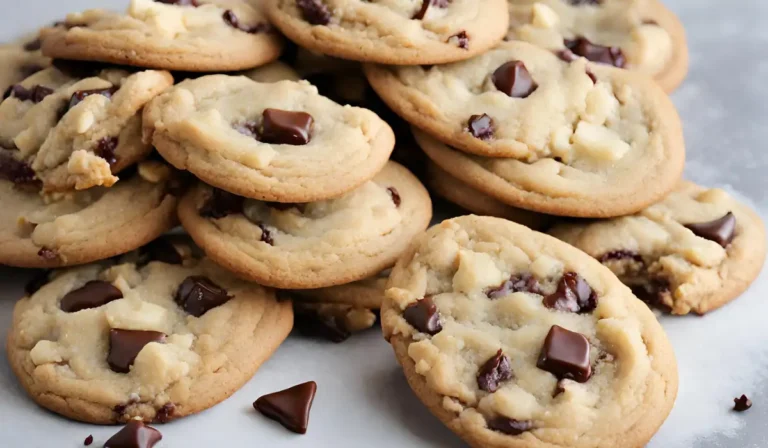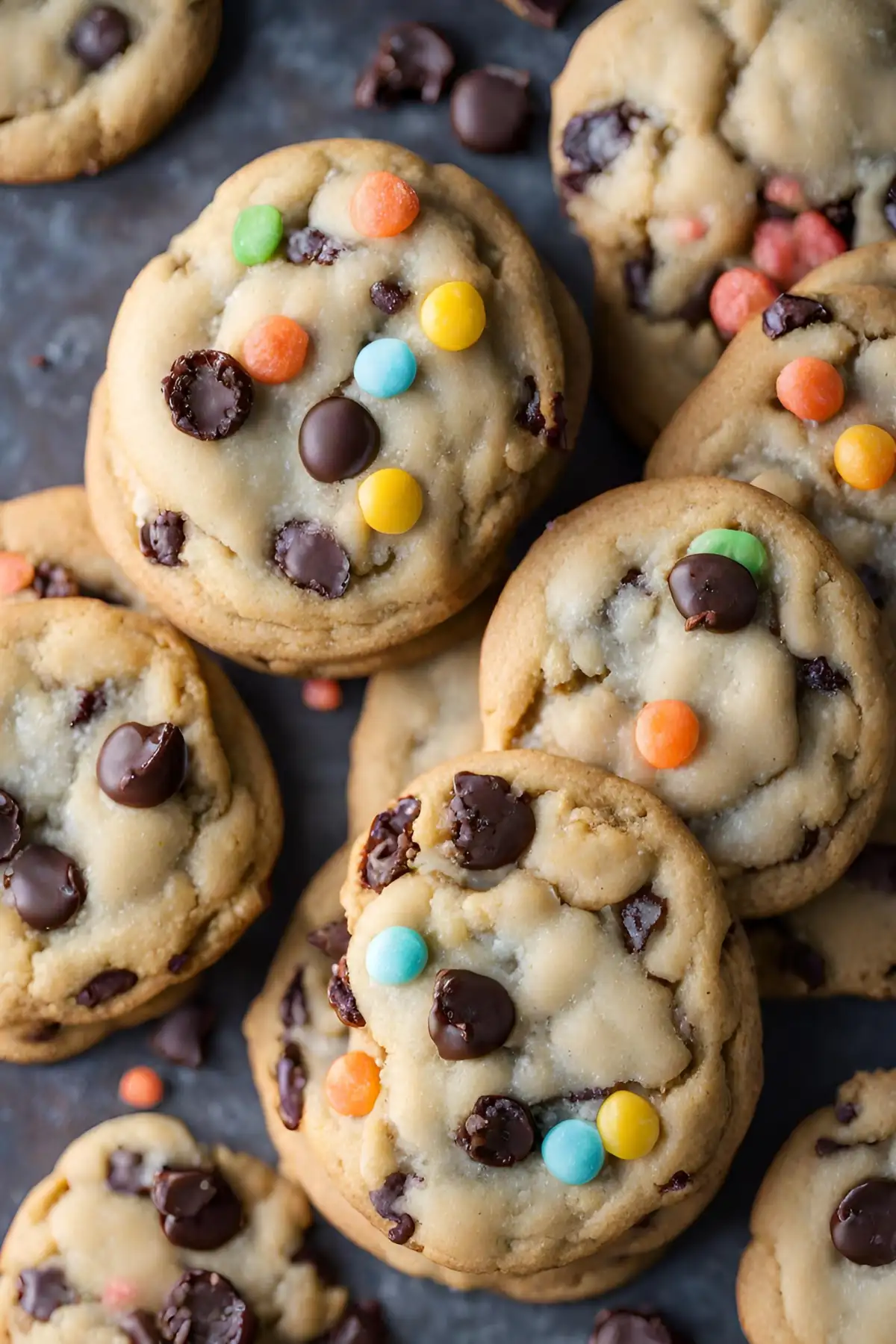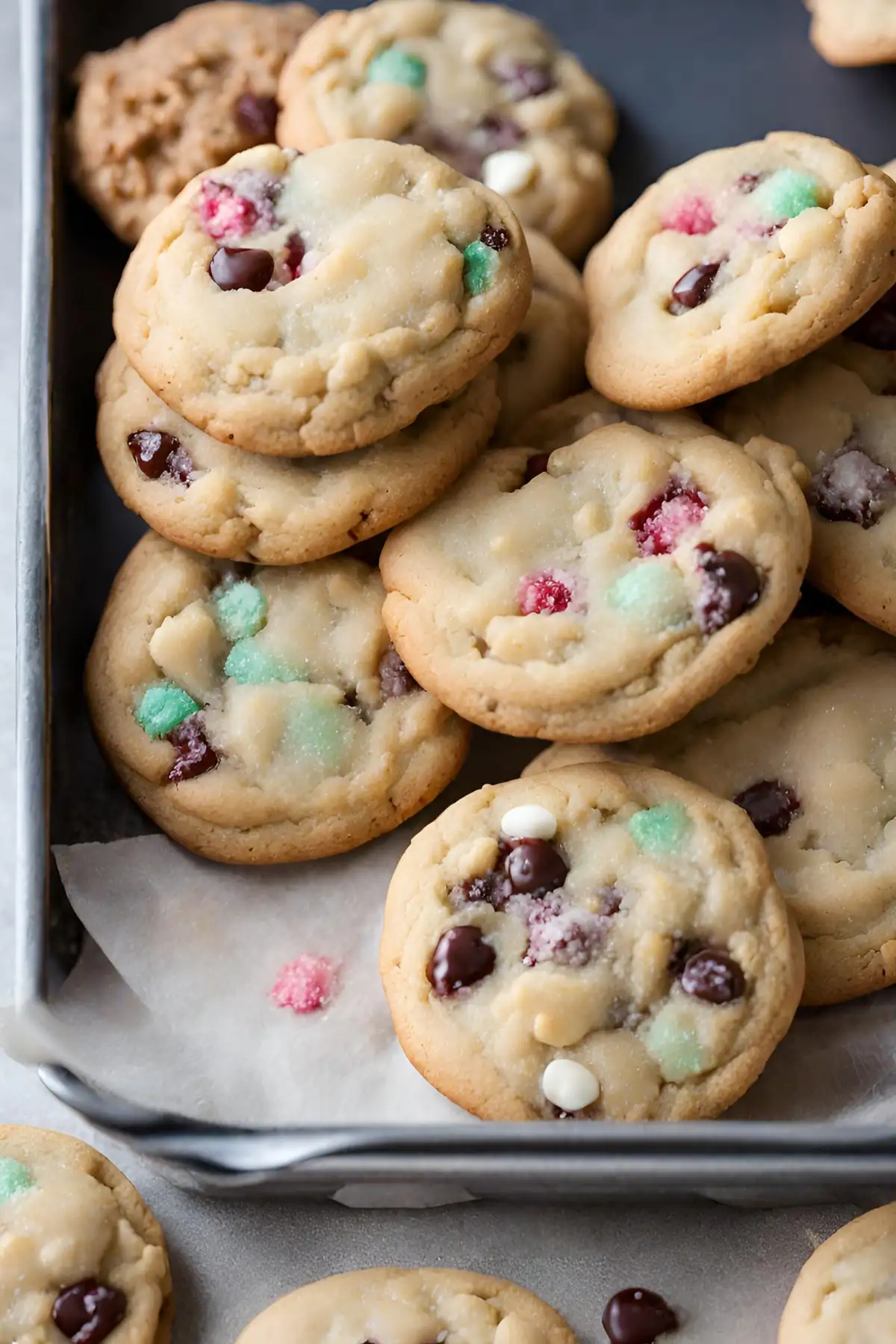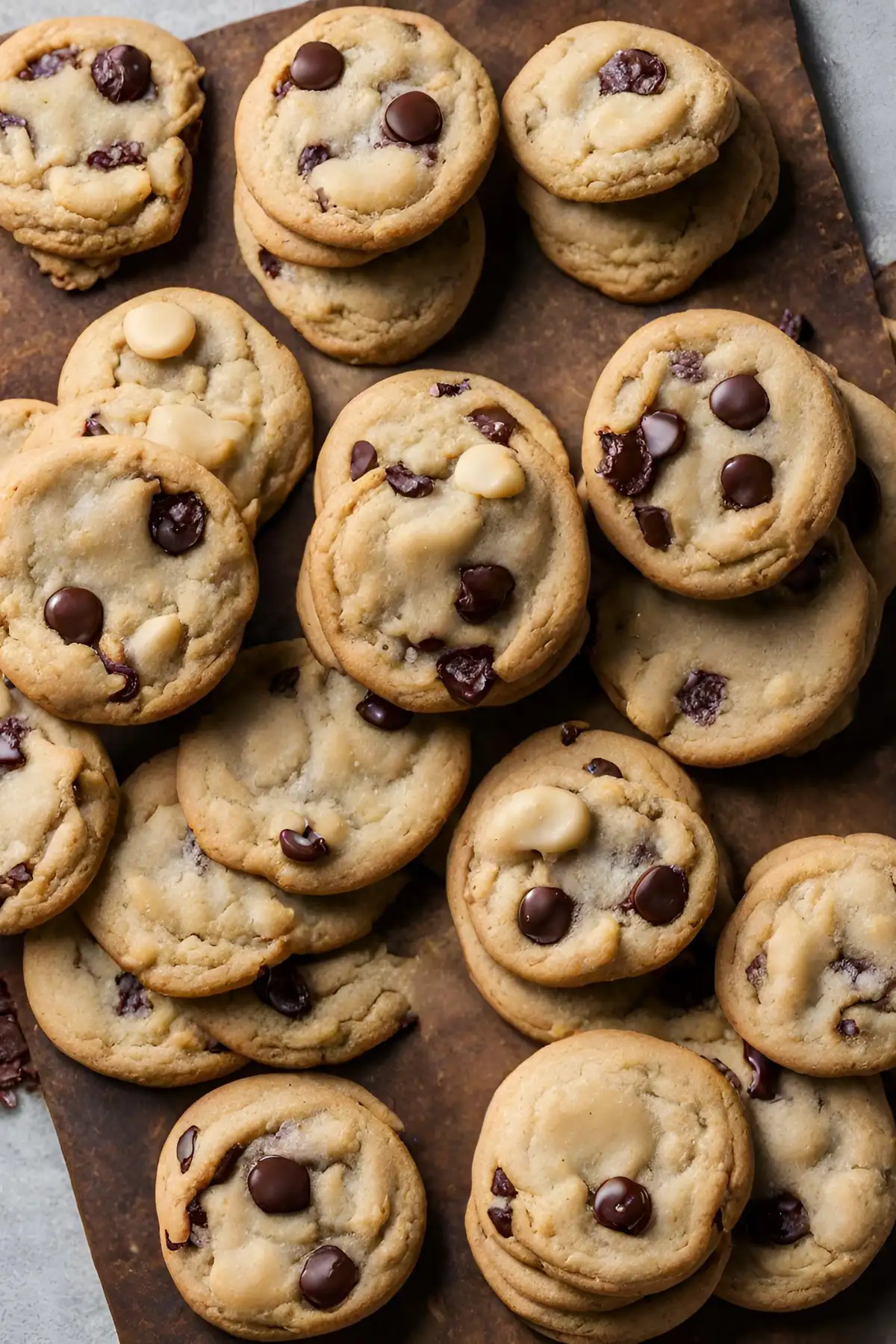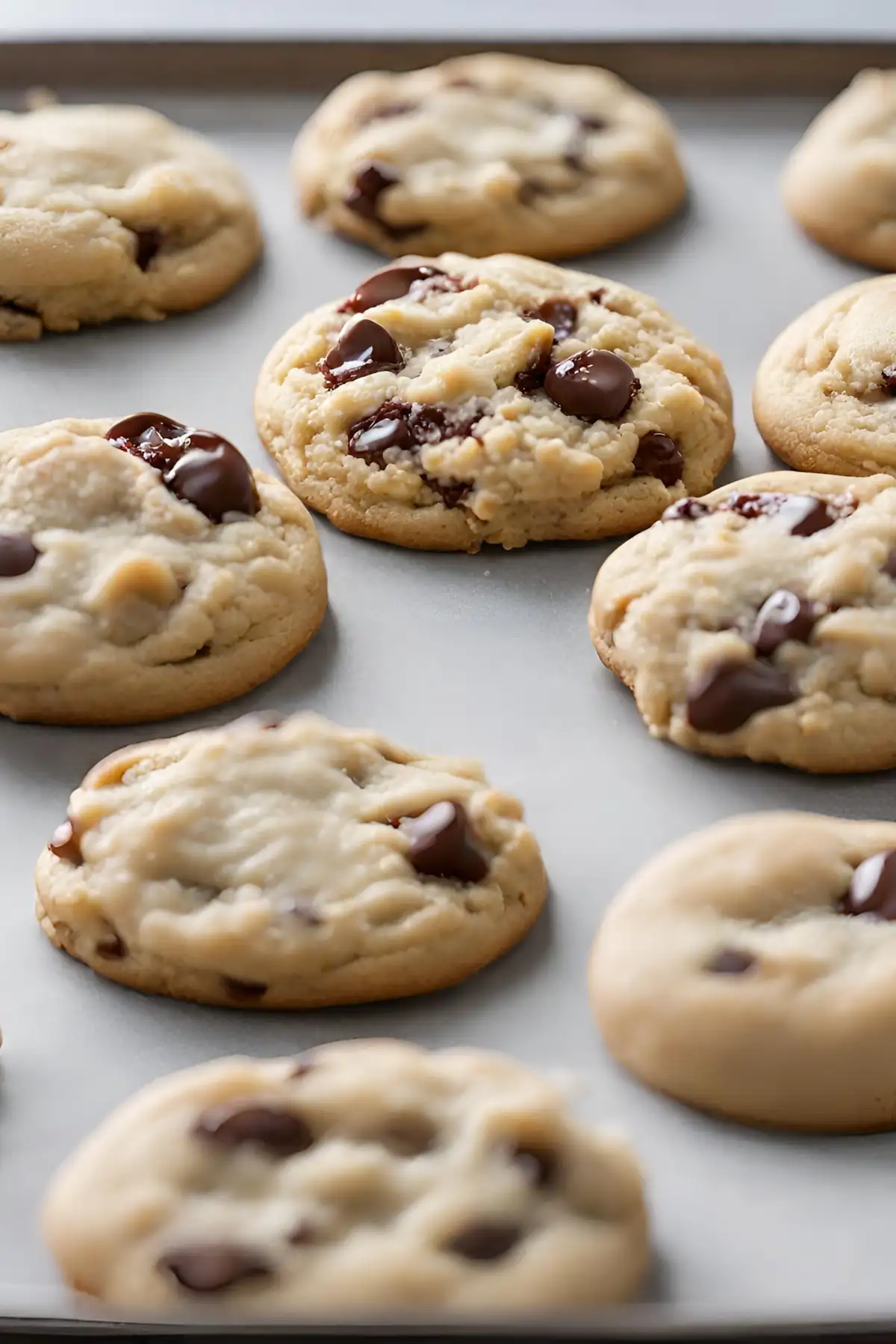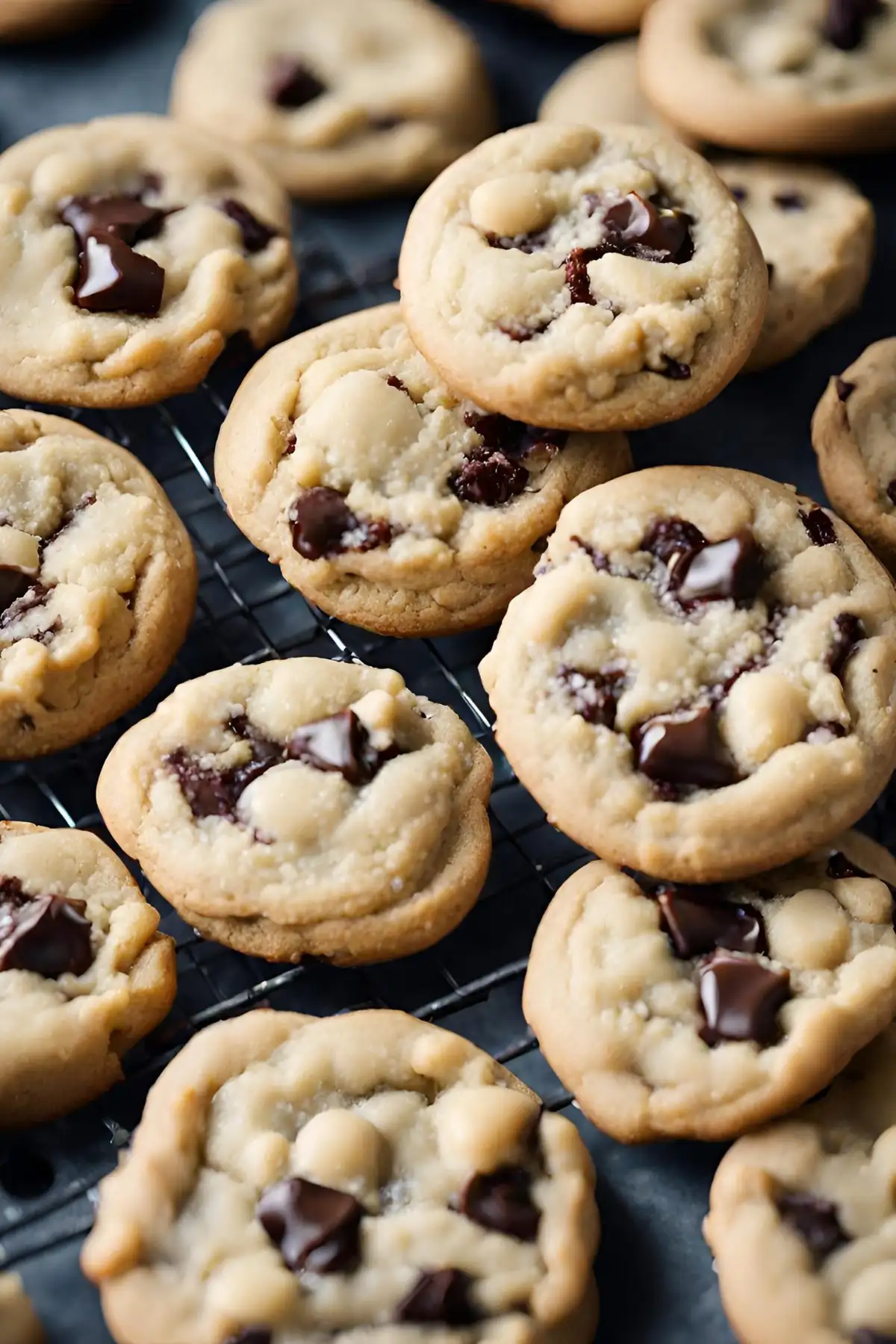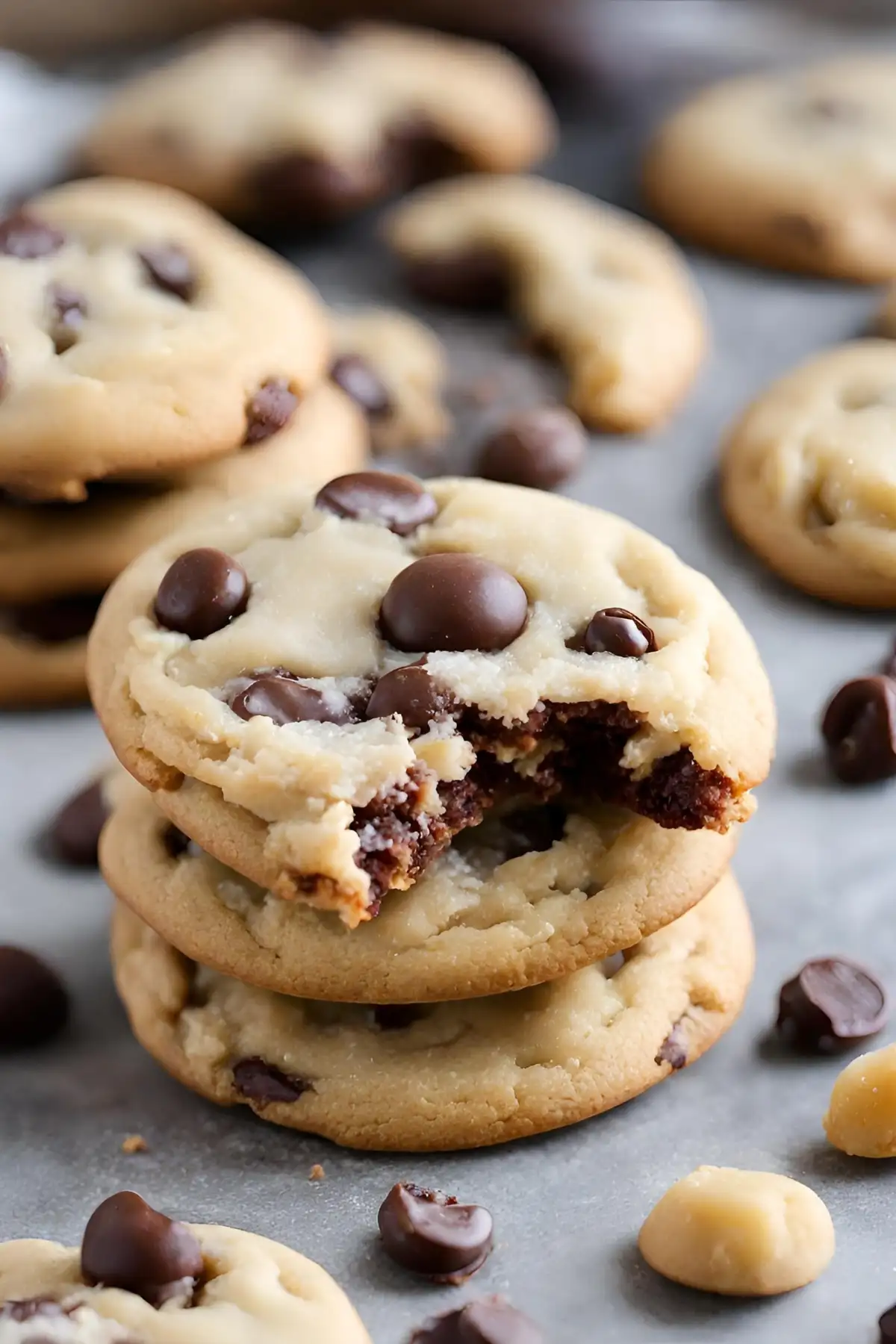A Comprehensive Guide to Perfecting Your Cookie Recipe
Introduction to Cookie Baking Basics
Baking cookies is an art that combines creativity with precision. In this guide, we delve into essential cookie baking tips to ensure your next batch is flawless. From understanding the importance of accurate measurements to mastering the balance of ingredients, we cover all the bases for successful cookie baking.
Importance of Precise Measurements
In the world of baking, especially when it comes to cookies, the importance of precise measurements cannot be overstated. Accuracy in measuring ingredients is the cornerstone of successful baking for several reasons:
- Consistency: Precise measurements ensure that each batch of cookies turns out the same. This is particularly important if you’re baking for an event or selling your cookies.
- Texture and Flavor Balance: The right proportions of ingredients like flour, sugar, and fat determine the texture (crunchy, chewy, soft) and flavor balance of the cookies.
- Chemical Reactions: Baking is a science. Ingredients react chemically with each other during the baking process. For instance, the right amount of baking soda or baking powder is crucial for the cookies to rise properly.
Overview of Common Ingredients
Understanding the role of each ingredient in cookie recipes is key to mastering the art of cookie baking. Here’s a brief overview of the common ingredients:
- Flour: The foundation of most cookie recipes, flour provides structure. The type of flour (all-purpose, cake, whole wheat) can affect the texture of the cookies.
- Sugar: Beyond just sweetening, sugar affects the texture and color of cookies. Brown sugar can make cookies moister and chewier, while white sugar tends to make them crisper.
- Eggs: Eggs bind the ingredients together and can contribute to the rise and richness of the cookies. The size of the egg (small, medium, large) can impact the moisture content.
- Butter: Butter adds flavor, richness, and affects the texture. It can be creamed with sugar for a light and airy texture, or melted for denser, chewier cookies.
Understanding Measurements in Cookie Recipes
When it comes to baking cookies, understanding and converting measurements is vital. A common measurement in cookie recipes is 3/4 cup of an ingredient, which plays a pivotal role in the texture and taste of the cookies.
- Converting Measurements: It’s essential to convert measurements accurately. For instance, 3/4 cup of sugar is approximately 150 grams. For more on measurement conversions, see our Ultimate Guide to Perfect Baking.
- Scaling Recipes Up or Down: Adjusting the size of your cookie batch requires careful calculation. Ensure that all ingredients are proportionally increased or decreased to maintain consistency.
Featured Recipe: Classic Cookie Dough
Let’s dive into a classic cookie dough recipe, highlighting the importance of 3/4 cup of a key ingredient, such as sugar or chocolate chips.
- Ingredients List:
- 1 cup all-purpose flour
- 3/4 cup brown sugar
- 1/2 cup unsalted butter, softened
- 1 egg
- 1 tsp vanilla extract
- 1/2 tsp baking soda
- A pinch of salt
- Step-by-Step Instructions:
- Preheat your oven to 350°F (175°C).
- Cream together butter and brown sugar until fluffy.
- Beat in the egg and vanilla extract.
- In a separate bowl, whisk together flour, baking soda, and salt.
- Gradually mix the dry ingredients into the wet mixture.
- Scoop the dough onto a baking sheet and bake for 10-12 minutes.
Discover more delicious recipes like this in our Cinnamon Roll Cookies Recipe.
Variations of the Classic Cookie Recipe
Experimenting with your cookie recipe can lead to delightful results. Here are some creative variations:
- Substituting Ingredients: Try using different types of sugar, like coconut sugar or honey, for a unique flavor.
- Adding Flavors and Textures: Incorporate ingredients like nuts, dried fruits, or different types of chocolate chips to add depth to your cookies.
Common Baking Mistakes and How to Avoid Them
Even experienced bakers can make mistakes. Here are some common ones and how to avoid them:
Measuring Ingredients Incorrectly
One of the most common pitfalls in baking is the incorrect measurement of ingredients. To ensure the best results in your cookie baking, it’s essential to measure ingredients accurately. Here’s why:
- Precision is Key: Baking is an exact science. Even a small deviation in ingredient quantities can lead to significant differences in the outcome.
- Use the Right Tools: Always use measuring cups and spoons specifically designed for baking. A kitchen scale can also be invaluable for ensuring precise measurements, especially for ingredients like flour, which can vary in density.
- Leveling Off: When measuring dry ingredients, fill the measuring cup or spoon and level it off with a straight edge to remove excess. This ensures you’re not adding more than the recipe calls for.
Oven Temperature Issues
The temperature of your oven is crucial in determining the success of your baked cookies. An oven that’s too hot or too cold can lead to undercooked, overcooked, or unevenly baked cookies.
- Invest in an Oven Thermometer: Oven dials are not always accurate. An oven thermometer can provide a true reading of the internal temperature.
- Preheat Your Oven: Always allow your oven to preheat to the desired temperature before baking. This ensures a consistent temperature throughout the baking process.
- Regular Calibration: If possible, have your oven calibrated regularly to ensure its temperature settings are accurate.
By paying attention to these details, you can avoid common baking mistakes, leading to perfectly baked cookies every time.
Decorating and Serving Ideas for Cookies
Once your cookies are baked, it’s time to get creative with decorating and serving:
Creative Decorating Techniques
Decorating cookies is not just about making them look attractive; it’s a way to add a personal touch and enhance the overall taste. Here are some creative techniques to decorate your cookies:
- Icing: Use royal icing or buttercream to add color and designs. You can pipe intricate patterns or simply spread it on for a smooth finish.
- Sprinkles and Edibles: Add visual appeal with sprinkles, edible glitter, or sugar pearls. They come in various colors and shapes, allowing for endless creativity.
- Edible Paint: For a more artistic approach, use edible paint to create detailed designs. This is especially fun for themed parties or holidays.
- Chocolate Drizzle: Melted chocolate can be drizzled over cookies for a classic, elegant look. You can use dark, milk, or white chocolate.
- Fondant Cut-Outs: Fondant can be rolled out and cut into shapes to create intricate designs or characters on your cookies.
Serving Suggestions
Pairing cookies with the right beverage or dessert can elevate the overall experience. Here are some delightful serving suggestions:
- With Milk: The classic combination – dunking cookies in a glass of milk is timeless and loved by all ages.
- Coffee Companion: Serve your cookies with coffee. The flavors of the cookies can complement the coffee, making for a sophisticated snack.
- Ice Cream Sandwiches: Place a scoop of your favorite ice cream between two cookies for a delicious ice cream sandwich.
- Cookie Platter: Create a cookie platter with a variety of cookies, perfect for gatherings. Include different flavors and textures to cater to all tastes.
- Dessert Topping: Crumble cookies over desserts like puddings, mousses, or sundaes for added crunch and flavor.
Remember, the key to great serving is to consider the flavors and textures that complement each other, making the simple act of enjoying cookies a delightful experience.
For more decorating ideas, explore our Red Velvet Cookies Recipe with Cake Mix.
Healthier Alternatives in Cookie Recipes
Baking healthier cookies is easier than you think. Here are some tips:
Using Alternative Sweeteners
In cookie recipes, traditional granulated sugar can be replaced with various alternative sweeteners to cater to different dietary needs or to simply experiment with new flavors. Here are some options:
- Maple Syrup: This natural sweetener adds a unique, rich flavor. It’s great in oatmeal cookies or any recipe where a hint of maple would be complementary.
- Agave Nectar: A sweeter, lighter alternative to honey, agave nectar is perfect for cookies where you don’t want the sweetener to overpower other flavors.
- Stevia: A plant-based sweetener with no calories, stevia is much sweeter than sugar, so you’ll need less. It’s ideal for those monitoring their sugar intake.
When using liquid sweeteners like maple syrup or agave nectar, you may need to adjust the amount of liquid elsewhere in the recipe to maintain the right consistency.
Gluten-Free and Vegan Options
Catering to gluten-free and vegan dietary requirements doesn’t mean sacrificing the joy of baking cookies. Here are some adjustments you can make:
- Almond Flour or Oat Flour: These are excellent gluten-free alternatives to regular flour. Almond flour adds a nutty flavor and is rich in protein, while oat flour is great for a heartier texture.
- Applesauce or Mashed Bananas: These can be used as egg replacements in vegan cookie recipes. They add moisture and bind the ingredients together. Applesauce makes for a lighter texture, while bananas add a bit of sweetness and density.
Remember, when making these substitutions, the texture and taste of the cookies might differ from the original recipe, but they can still be delicious and cater to a wider range of dietary preferences.
FAQs Section
- Q: How do I ensure my cookies are chewy and not hard?
- A: The key is in the baking time and the sugar type used. Brown sugar tends to make cookies chewier.
- Q: Can I freeze cookie dough for later use?
- A: Absolutely! Freeze the dough in small portions for easy baking later on.
- Q: What’s the best way to store baked cookies?
- A: Keep them in an airtight container at room temperature to maintain freshness.
A Recipe For 1 Batch Of Cookies Calls For 3/4
- Total Time: 27 minutes, plus cooling
- Yield: Makes about 2 dozen cookies
- Diet: Vegetarian
Description
A delightful and easy-to-make batch of cookies perfect for any occasion. These cookies are soft, chewy, and filled with the perfect balance of sweetness. Ideal for both novice and experienced bakers looking to satisfy their sweet tooth.
Ingredients
- 1 1/2 cups all-purpose flour
- 3/4 cup (1 1/2 sticks) unsalted butter, softened
- 3/4 cup sugar (you can use a mix of brown and white sugar for added depth)
- 1 large egg, at room temperature
- 1 teaspoon vanilla extract
- 1/2 teaspoon baking soda
- 1/4 teaspoon salt
- Optional: 1 cup of mix-ins (chocolate chips, nuts, dried fruits)
Instructions
- Preheat your oven to 350°F (175°C) and line a baking sheet with parchment paper.
- In a large bowl, cream together the softened butter and sugar until light and fluffy.
- Beat in the egg and vanilla extract.
- In another bowl, whisk together the flour, baking soda, and salt.
- Gradually add the dry ingredients to the wet ingredients, mixing until just combined.
- Fold in any mix-ins like chocolate chips or nuts.
- Drop tablespoon-sized balls of dough onto the prepared baking sheet, spacing them about 2 inches apart.
- Bake for 10-12 minutes, or until the edges are lightly golden.
- Allow to cool on the baking sheet for 5 minutes before transferring to a wire rack to cool completely.
Notes
- For a chewier texture, use more brown sugar than white sugar.
- Chilling the dough for at least 30 minutes before baking can help prevent spreading and results in a thicker cookie.
- Prep Time: 15 minutes
- Cook Time: 12 minutes
- Category: Dessert
- Method: Baking
- Cuisine: American
Nutrition
- Serving Size: per cookie, approximate
- Calories: 130 kcal
- Sugar: 11g
- Sodium: 85mg
- Fat: 6g
- Saturated Fat: 3.5g
- Carbohydrates: 18g
- Fiber: 0.5g
- Protein: 1.5g
- Cholesterol: 20mg

